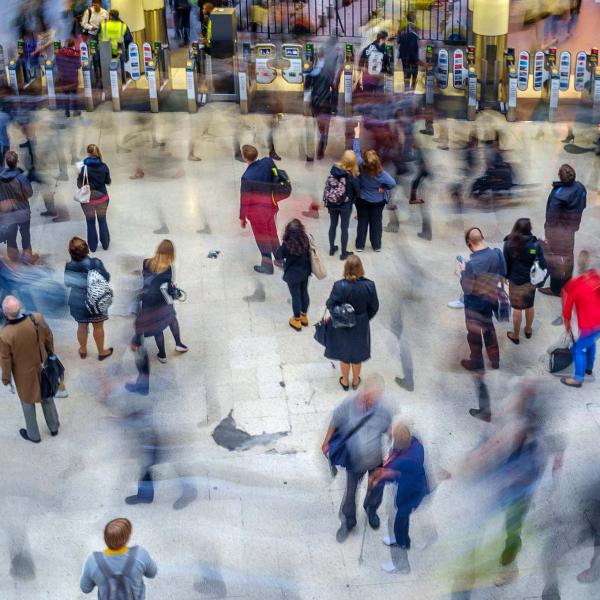<p><p>1. The rate of VAT has been cut temporarily to 15%, with a return to 17.5% in place for the end of 2009. The government has predicted that this will increase consumer spending by about 0.5%. Much of the analysis of this tax cut has been critical of the policy and concluded that the government's estimates of the impact on spending are over-optimistic. The source of this criticism is a misunderstanding of the mechanism through which the tax cut will have an impact. In fact, we believe the government's estimates are overly-pessimistic. </p><p> </p><p></p><p>2. There are two mechanisms through which the temporary VAT cut might affect spending: </p><p></p><p>first, it will increase spending power, making households feel as if they have more income. This mechanism is likely to be small partly because the tax cut increases income only for one year, and so the increase in total lifetime resources is very small, and partly because the lost revenue will have to be paid back. </p><p> </p><p></p><p>3. However, the second (often ignored) mechanism is likely to be much more important. This second mechanism is the effect that the tax cut will have through changing the price of goods bought in 2009 compared to 2010: the cost of goods bought in 2009 has fallen compared to goods bought in 2010 and this change in prices gives an incentive to bring forward consumer spending to this year, rather than waiting until next. </p><p> </p><p></p><p>4. Economic evidence on households' willingness to move spending from one year into an earlier (or later) year suggests that a 1% fall in the price today will translate into a 1% increase in spending. Since roughly only half of goods purchased are subject to VAT, the cut in the rate by 2.5% is like a cut in prices today by 1.25% and we would expect this to boost spending by about 1.25% over what it would otherwise be. </p><p> </p><p></p><p>5. Of course, this issue of what the spending would otherwise be is crucial: we will not now know what spending in 2009 would have been without the cut in VAT and even with the VAT cut, spending is likely to decline. Our point is simply that economic analysis shows that the cut in VAT will make the situation significantly less bad than it might otherwise have been. </p><p> </p><p></p><p>6. A natural comparison to the fiscal stimulus of a cut in VAT is a monetary stimulus through a cut in the interest rate: both make the price of spending today low compared to next year - an interest rate cut makes saving less attractive than current spending, as does the cut in VAT. The 1.25% fall in prices due to the cut in VAT reduces the price of spending today by more than a 1% point cut in the interest rate. It is surprising that some commentators have labeled the former as "small", while the latter would typically be considered a large cut. </p><p> </p><p>7. There is however a difference between cutting interest rates and cutting VAT: a cut in interest rates penalises savers, whose spending power falls, and rewards borrowers. By contrast, the cut in VAT increases the spending power of savers (as well as borrowers) and this seems a fairer way to stimulate the economy.</p></p>











